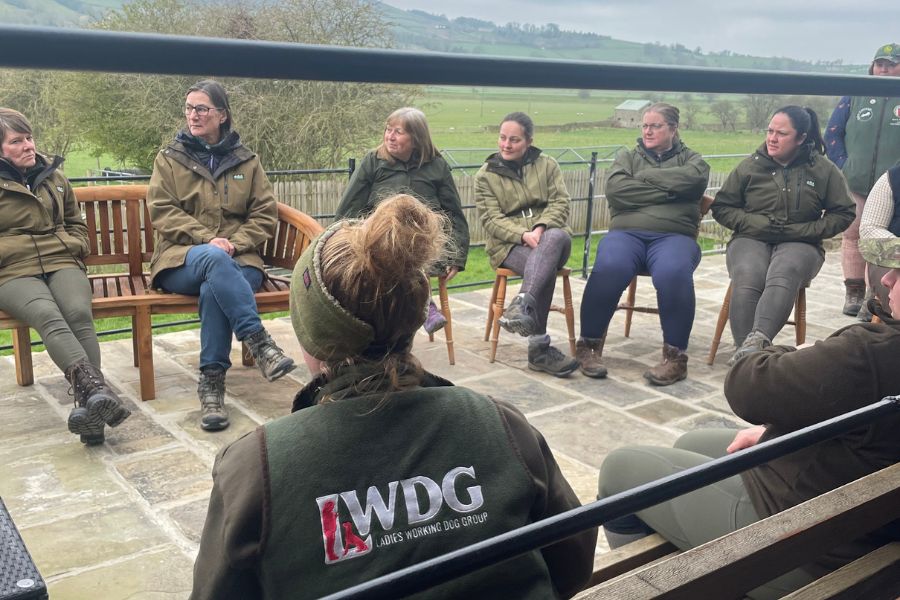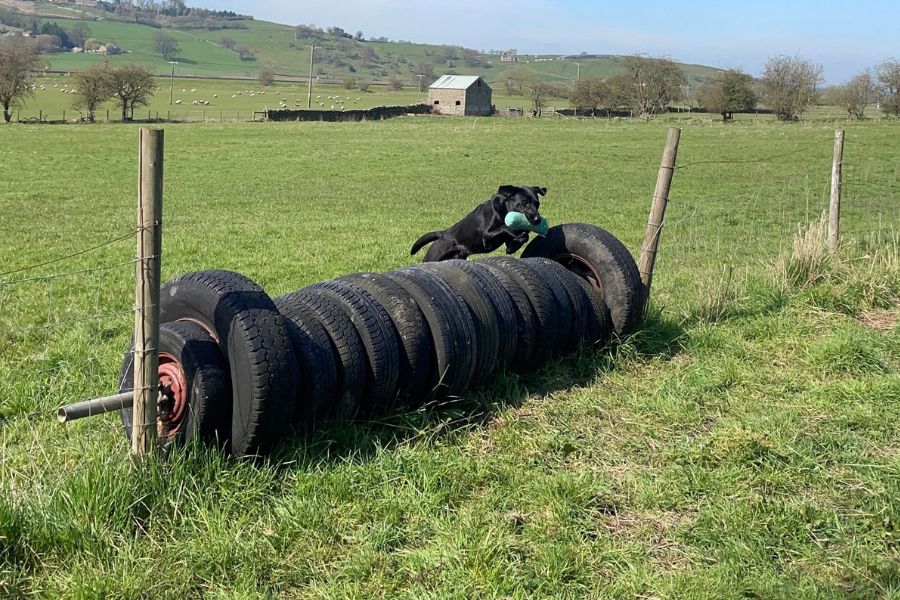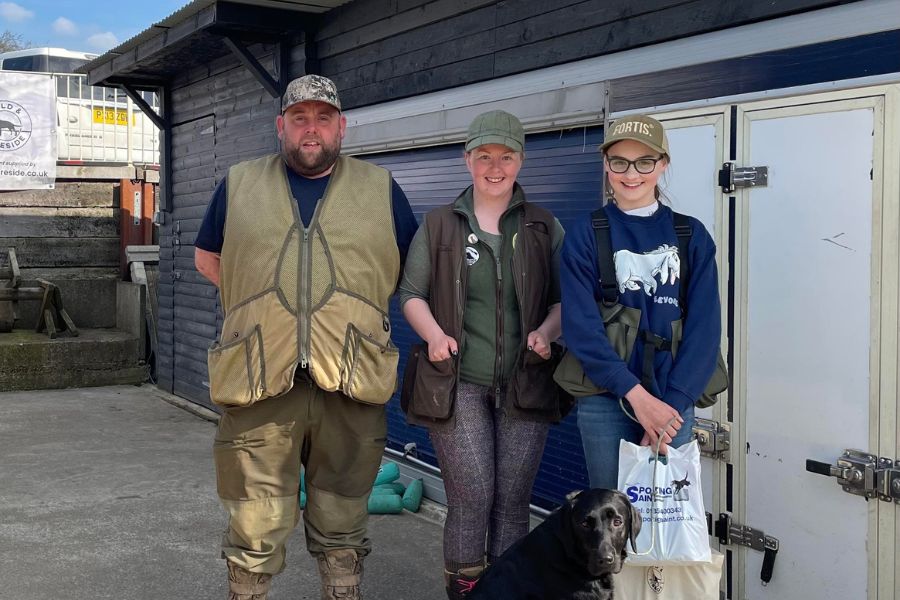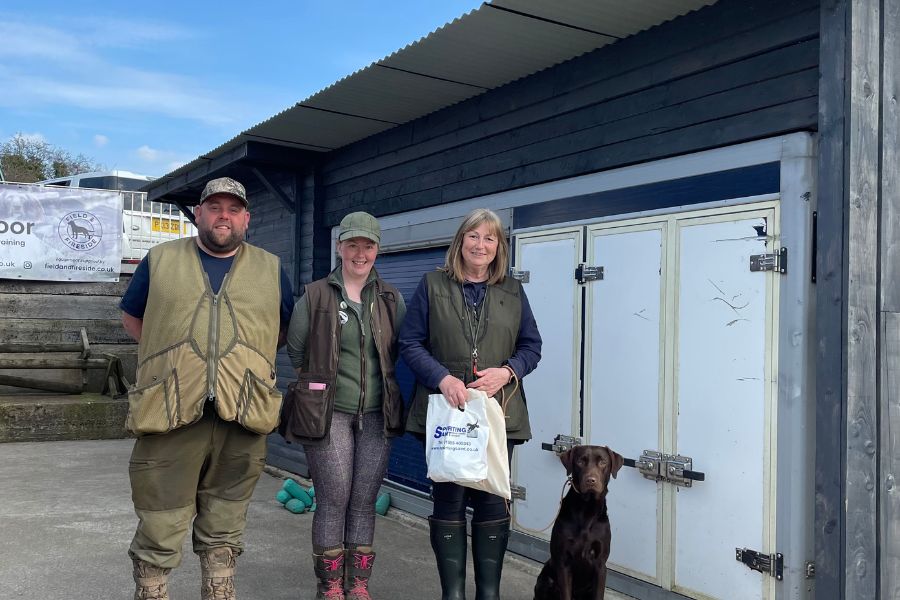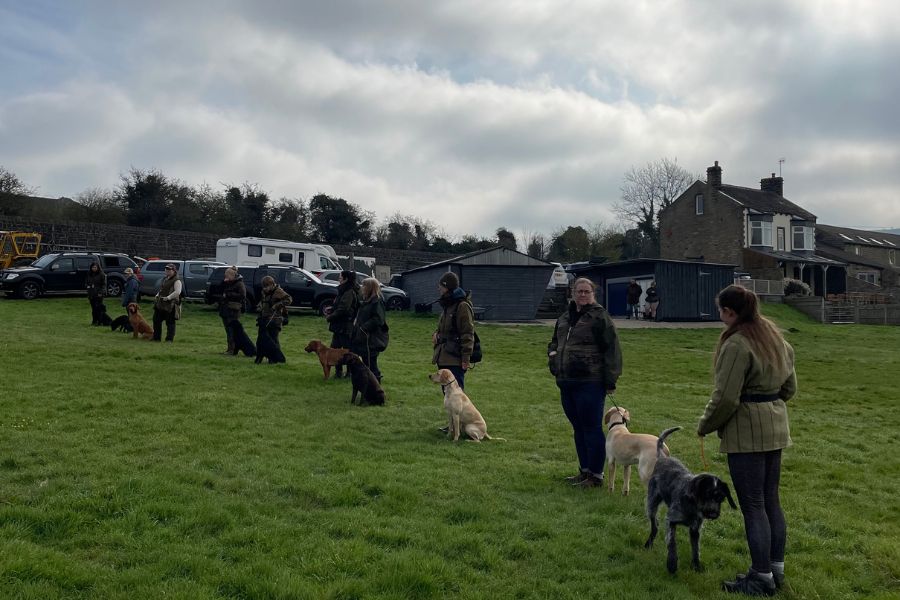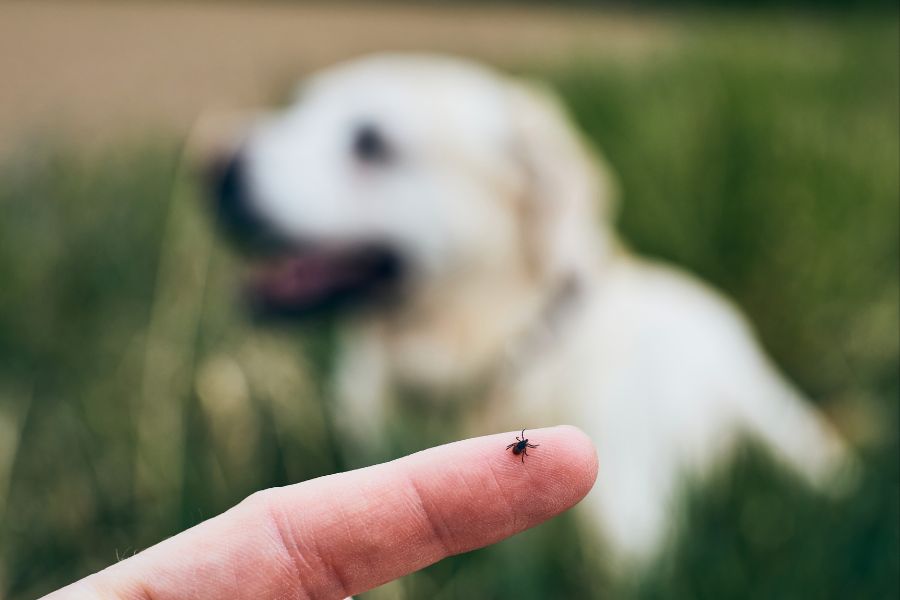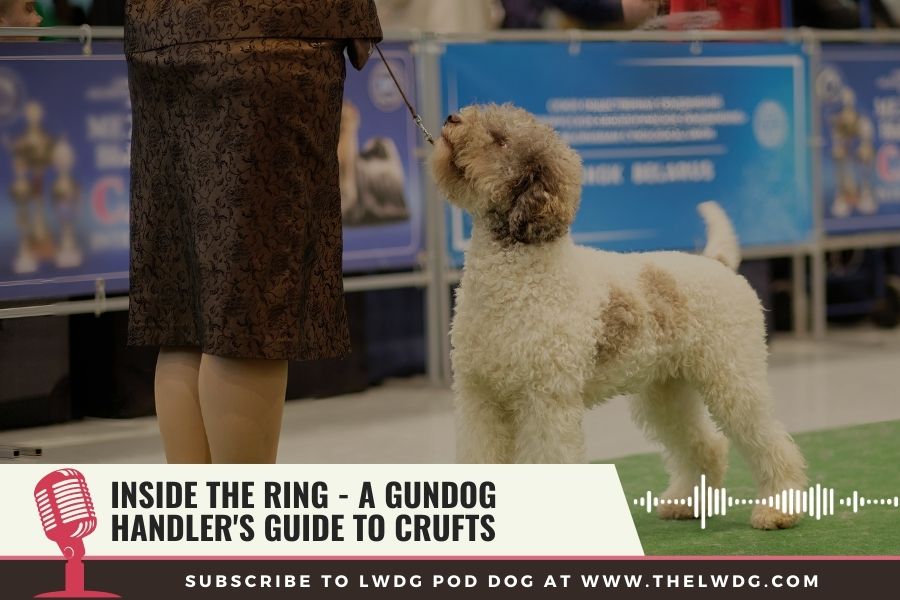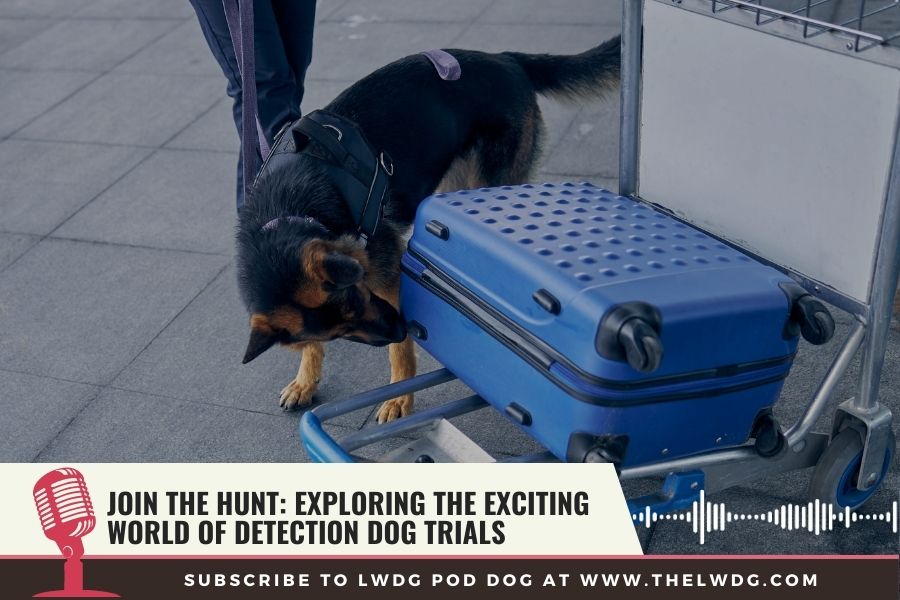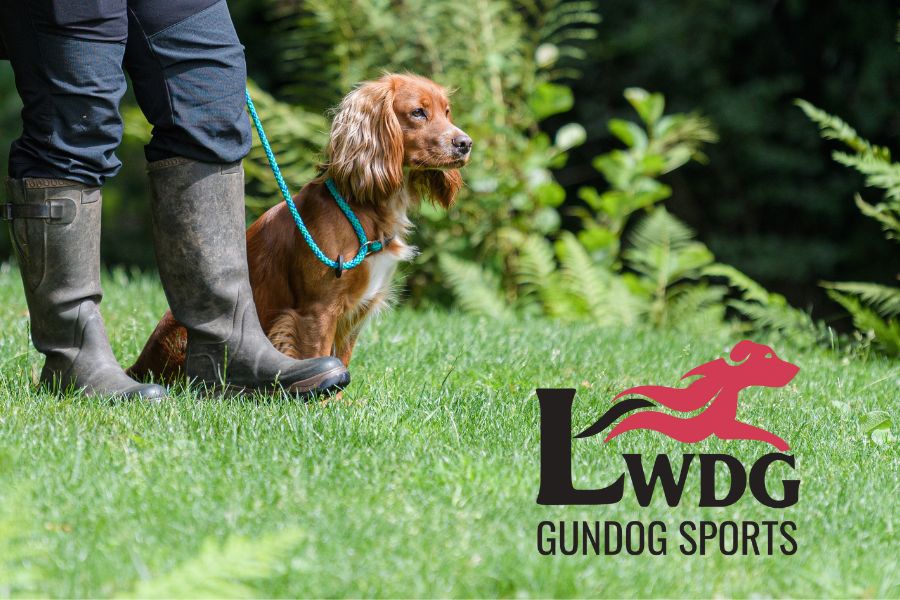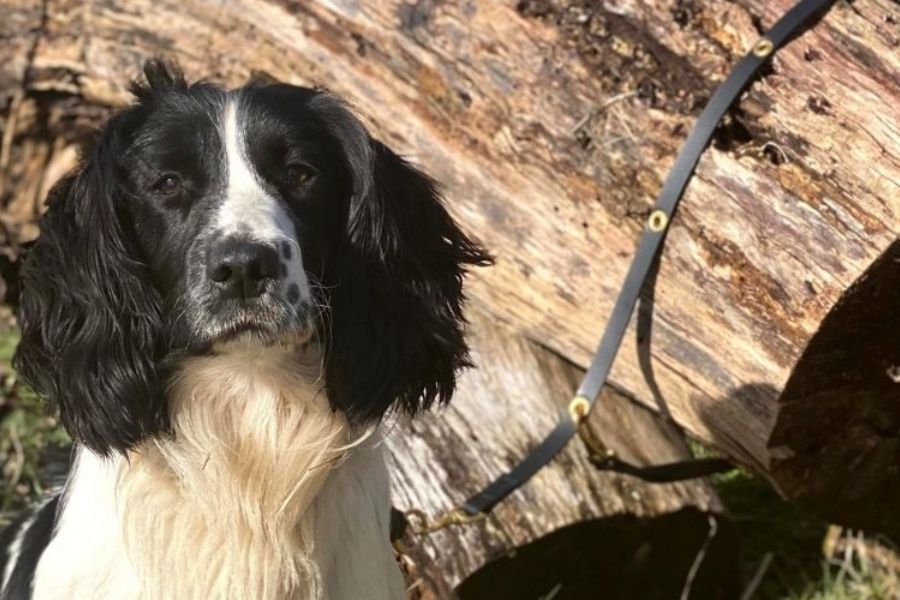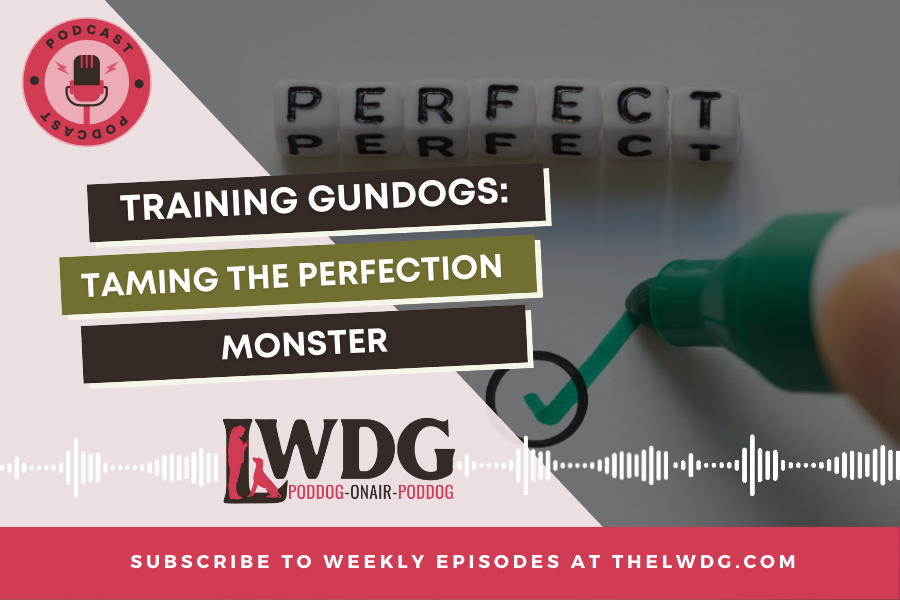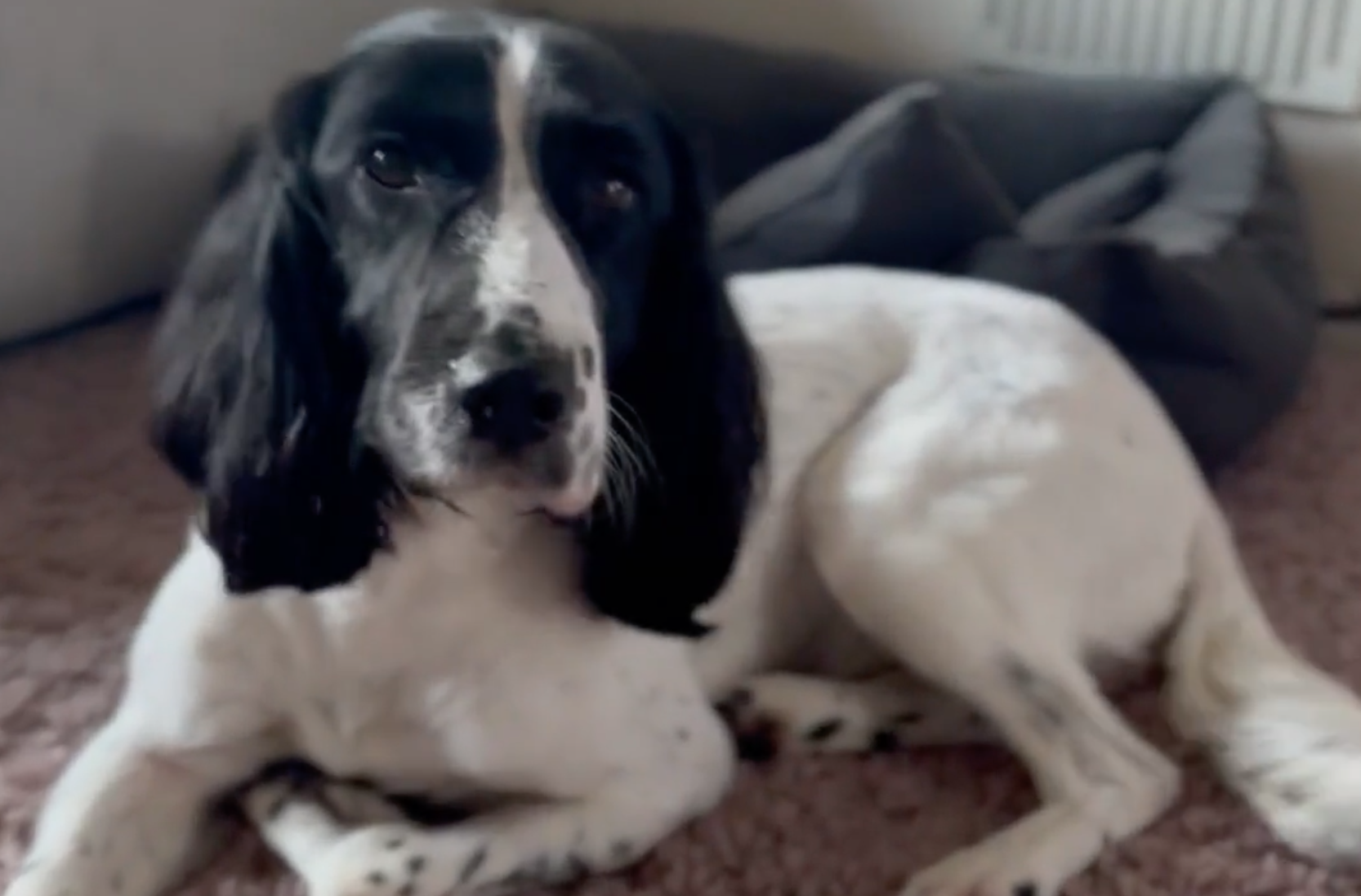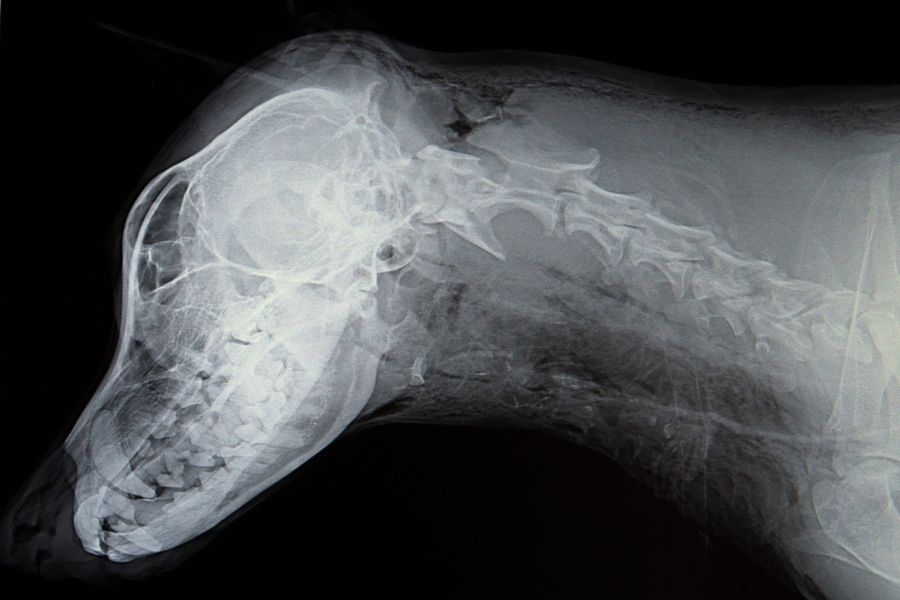Written By Samantha Thorneycroft-Taylor (Group Expert)
The vast majority of us enter dog ownership knowing, sadly, that it’s likely we will outlive them. The good news is that veterinary medicine is coming on in leaps and bounds and has done so for a good few years now so our beloved canine companions are living longer than ever before. Unfortunately, this does have its downsides as we’re now also seeing an increase in illnesses that, in years gone by, were relatively rarely seen in dogs. One of these illnesses is Canine Cognitive Dysfunction (CCD), or in layman’s terms ‘Dog Dementia’.
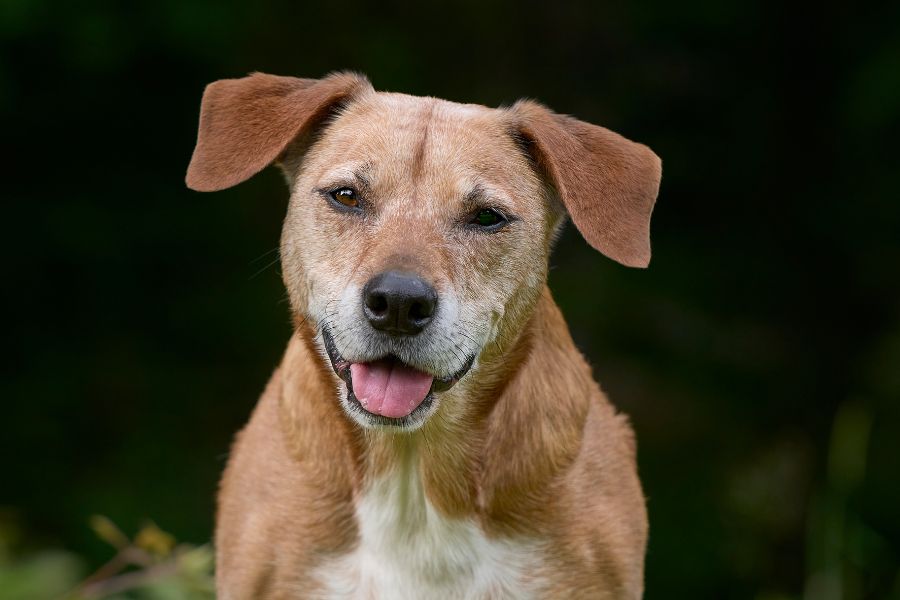
Prevalence of Canine Cognitive Dysfunction
It is most commonly seen in dogs over eight years of age, but has been known in dogs as young as six. In a US study published by Dog Ageing Project in August 2022 it was found that 1.4% of the 15,019 dogs evaluated displayed signs of CCD and that for dogs over 10 years old, each additional year of life increased the chances of dementia by 50%. It was also concluded that less active dogs are 6.5 times more likely to develop CCD. Whilst 1.4% sounds like a small number it’s worth noting that, in the UK alone, there are estimated to be around 10.2 million dogs.
Symptoms of Canine Cognitive Dysfunction
Dementia in dogs tends to progress at a much faster rate than that seen in humans but that makes logical sense given that we believe a dog ages 7 years to our 1 year. When it comes to the symptoms of Canine Cognitive Dementia we look for similar ones to those that would make us question dementia as a diagnosis in humans: forgetfulness, changes in behaviour, and different sleep patterns. These symptoms are largely categorised into three stages; mild, moderate, and severe.
Mild dementia symptoms are often easy to miss but can include some small changes in your dogs’ sleeping patterns and sporadic changes in their social behaviour. Moderate dementia is easier to notice with the most frequently seen symptom being your dog having accidents in the house – something that seemingly comes out of the blue for your once perfectly house-trained friend. Severe dementia may present with an increase of the above-mentioned symptoms but you might also experience your dog becoming more vocal or wandering the house in the small hours when they would usually have slept.
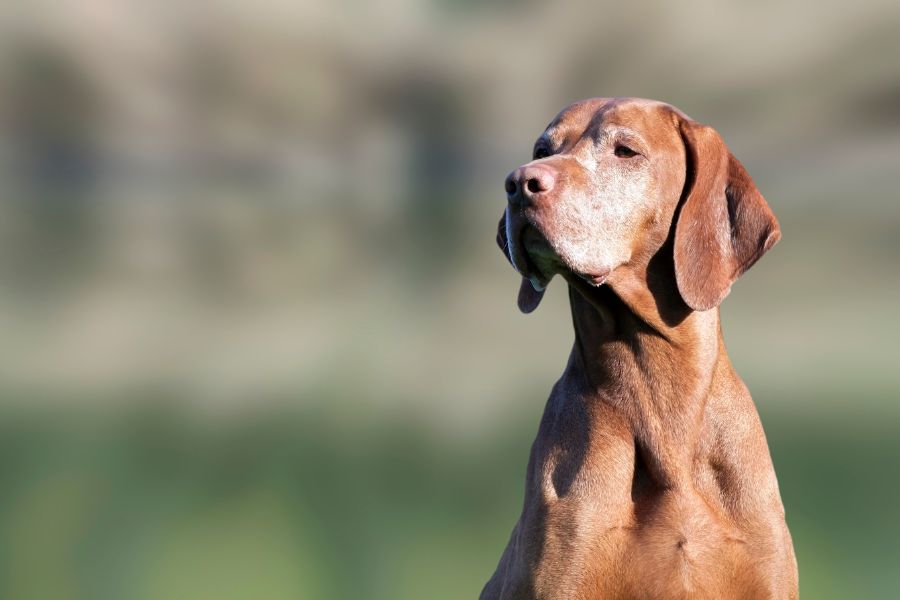
Diagnosis of Canine Cognitive Dysfunction
A dog will often be diagnosed with dementia after having been taken to the vet due to a change in their social behaviour – they might have a lessened interest in playing, or have less ‘patience’ with a younger family dog and start to exhibit signs of aggression, and they may appear to forget who they live with at times too. CCD can cause a dog to start to the toilet in the house; did they go outside and forget what they’re supposed to do while out there? Have they forgotten how to get/how to ask to go outside? Sometimes you’ll give your dementia dog a command and be met with a blank look – a quizzical stare that basically says “I know you’re saying something but I have no idea what that means” and it may just have been a simple sit or a recall across the kitchen.
Increased vocalisation is another common symptom seen with the onset of dementia. It could be attributed to increased anxiety which is also seen or may be linked with a decrease in their hearing – another common ailment that comes with old age.
Unfortunately, there’s no accurate non-invasive test that can be done for CCD, and often the symptoms are similar to other health issues that come with being a senior dog so diagnosis can be complicated.
Treatment of Canine Cognitive Dysfunction
There is no cure for Canine Cognitive Dysfunction, but there are some medications available that reduce the signs, improve the quality of life and make caring for your elderly friend a little easier.
Advice to Dog Owners
In many ways living with a dog with dementia is very similar to having a young puppy again. I’ve experienced dementia in a few of my dogs in their later years now and each time it brings home just how cruel an illness it is. The youngest to start displaying the more obvious symptoms was 11 years old but they still lived a happy life for another couple of years, the others were 12 and above but also lived at least another year. Of all the symptoms my older dogs have displayed the two I found/find the hardest are the forgetfulness (and the blank stare that comes with it) and the disorientation/confusion; the look of “Who are you?”, “Who am I?”, or “What were we doing?” from your best friend is truly heart-wrenching.
If you’re experiencing moments where your dog is standing at a half-open door yet seemingly unable to fathom that a single pace to the left would give them access. Or your dog has pestered you for a drink despite their water bowl being filled and in the same spot it’s always been. Perhaps he can’t figure out how to get out from behind the sofa anymore because he’s forgotten he can reverse, or they’re seemingly hungry all of the time, I implore you to book a vet check for your faithful friend.
Lastly, be sure to enjoy the precious moments and the making of memories along your journey together; a dog may be a ‘small’ part of our life, but we are a massive part of theirs.
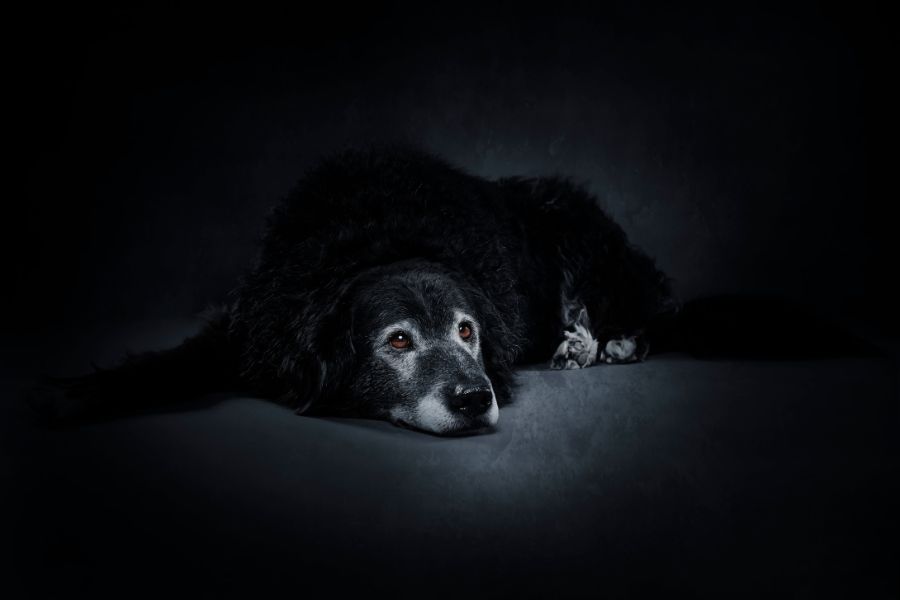
Further Reading on Canine Health
Understanding and Managing Canine Arthritis: Symptoms, Treatments, and Lifestyle Changes
Hip Dysplasia in Dogs: What You Need to Know
About The Writer: Samantha Thorneycroft-Taylor (Group Expert)
Samantha Thorneycroft-Taylor is the owner and lead trainer of Languedoc Gundogs, a Gundog and Obedience Training Center based in Gloucestershire, UK. With almost 15 years of experience, Sam has trained Gundogs of all ages and backgrounds to be successful working dogs.
Sam’s passion for Gundogs began with the purchase of her first springer spaniel, Ruby. She quickly realised that training Ruby to become a skilled gundog was not an easy task. Ruby was willful, had a strong nose, was not interested in retrieving, and often preferred to explore the fields instead of training. Despite the challenges, Sam persevered and Ruby went on to work up to 6 days a week for many seasons.
This journey inspired Sam to help others who may be experiencing similar struggles in their own dog training journey. She now has a diverse range of dogs at various ages, breeds, and backgrounds, and takes great pleasure in helping them reach their full potential as successful working dogs.
With a wealth of knowledge and experience, Sam is committed to helping others succeed in their dog training and working endeavours.






